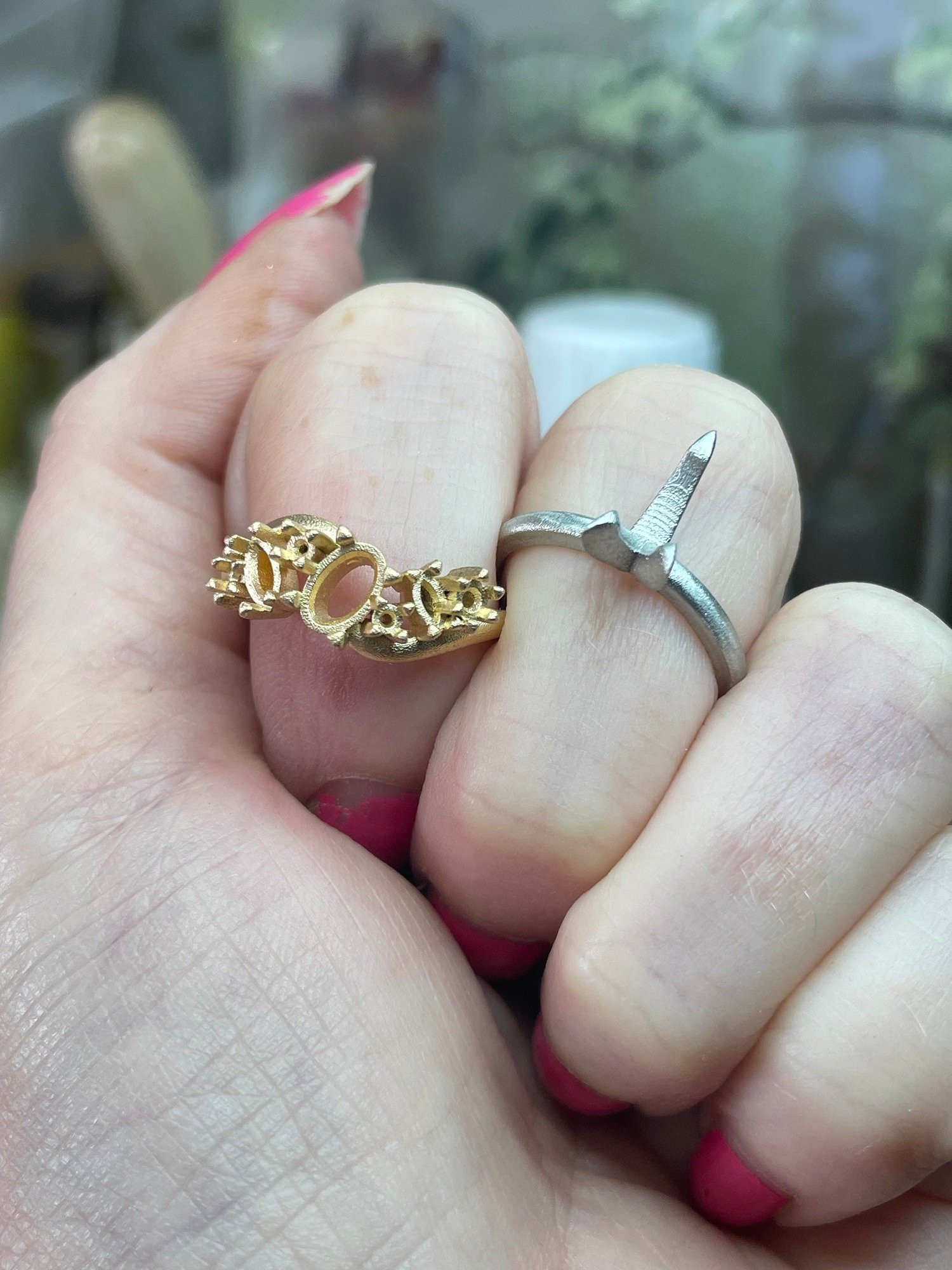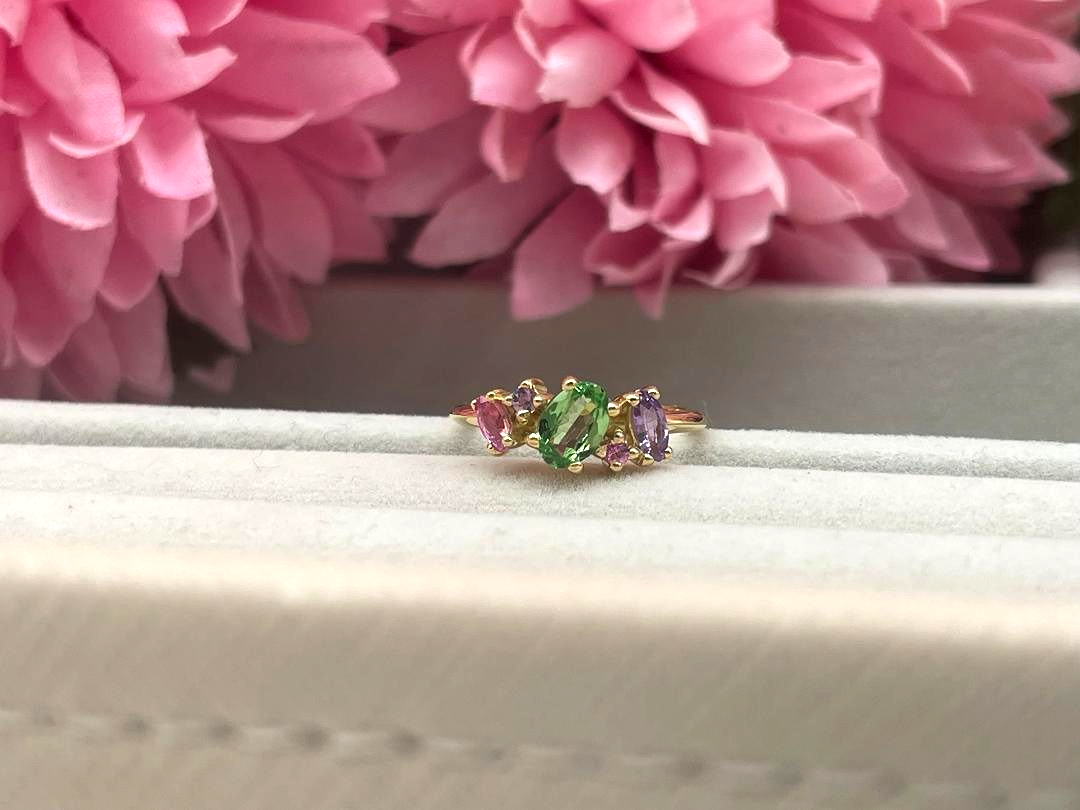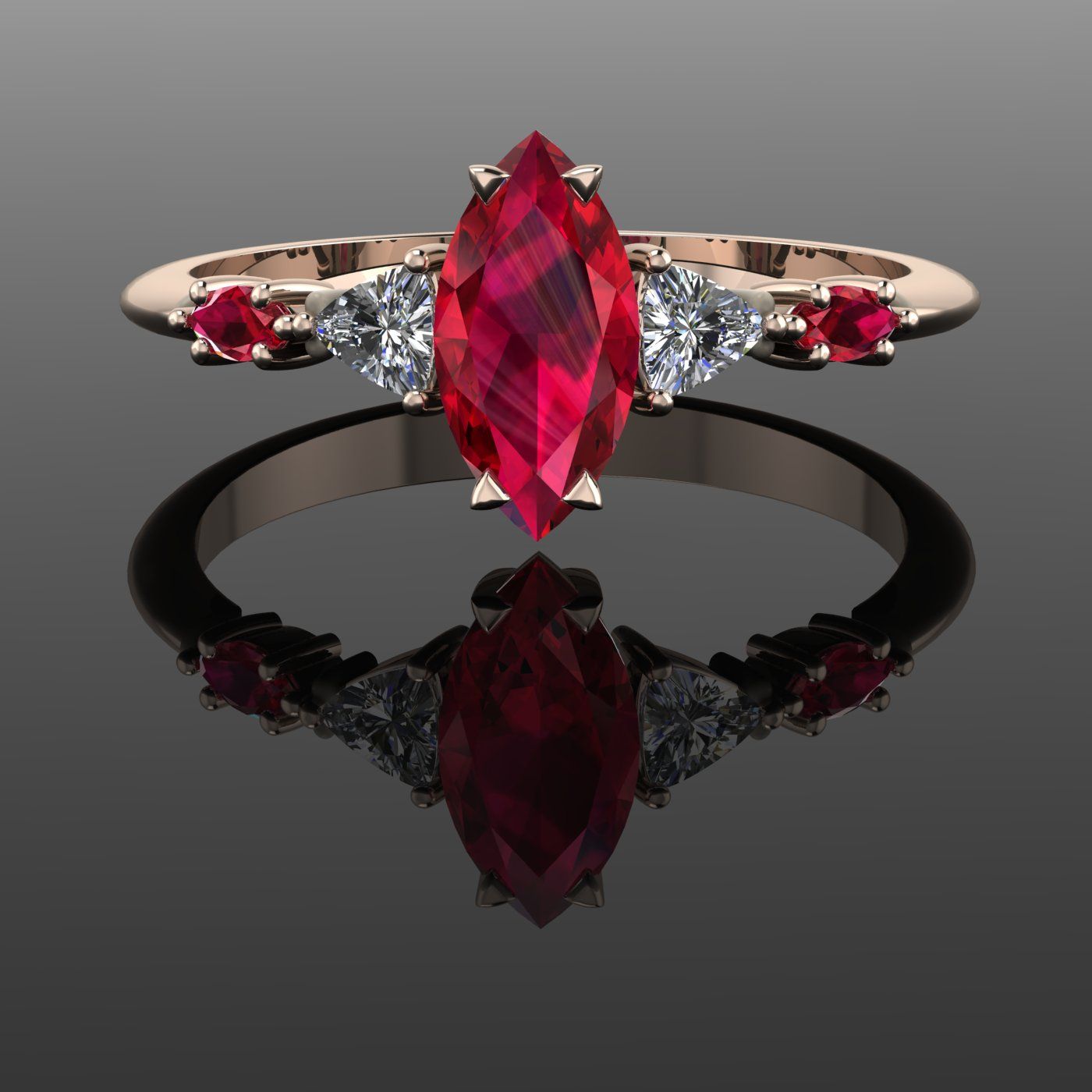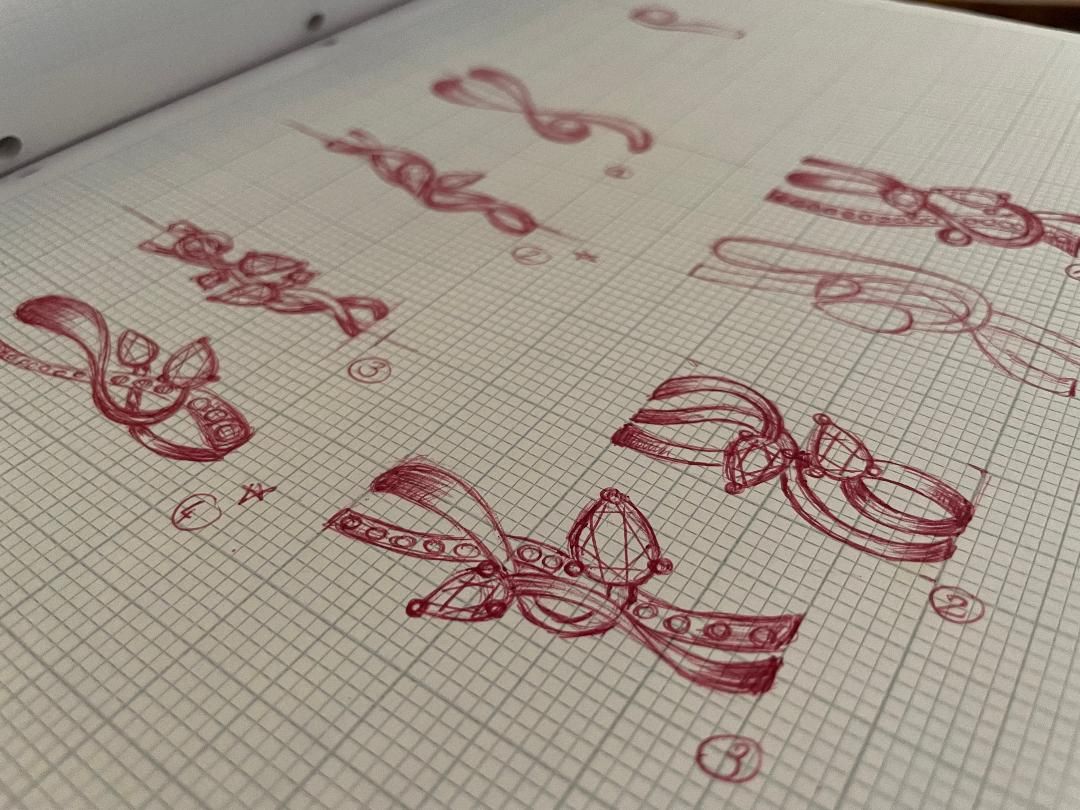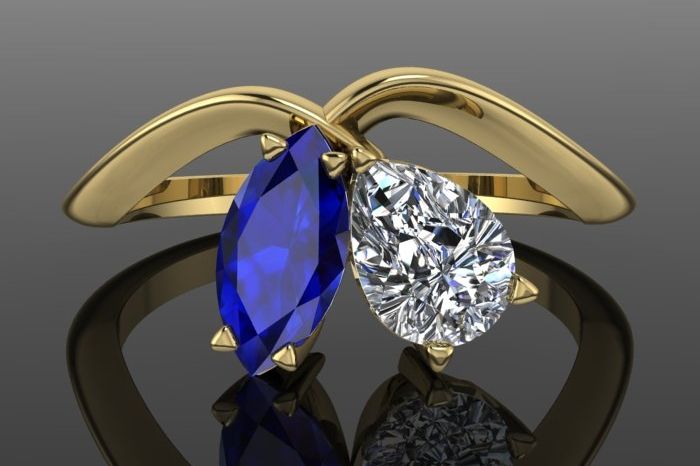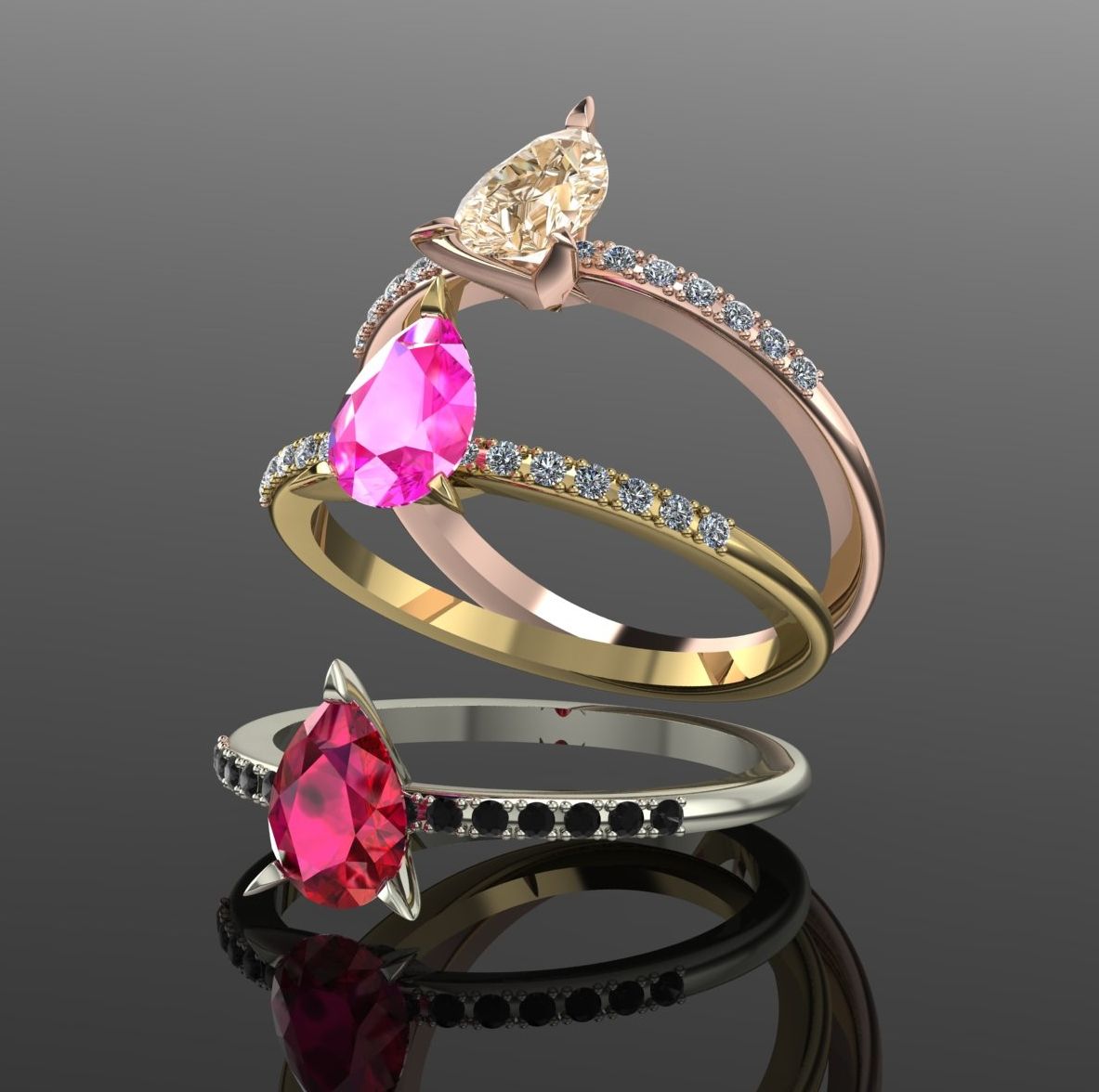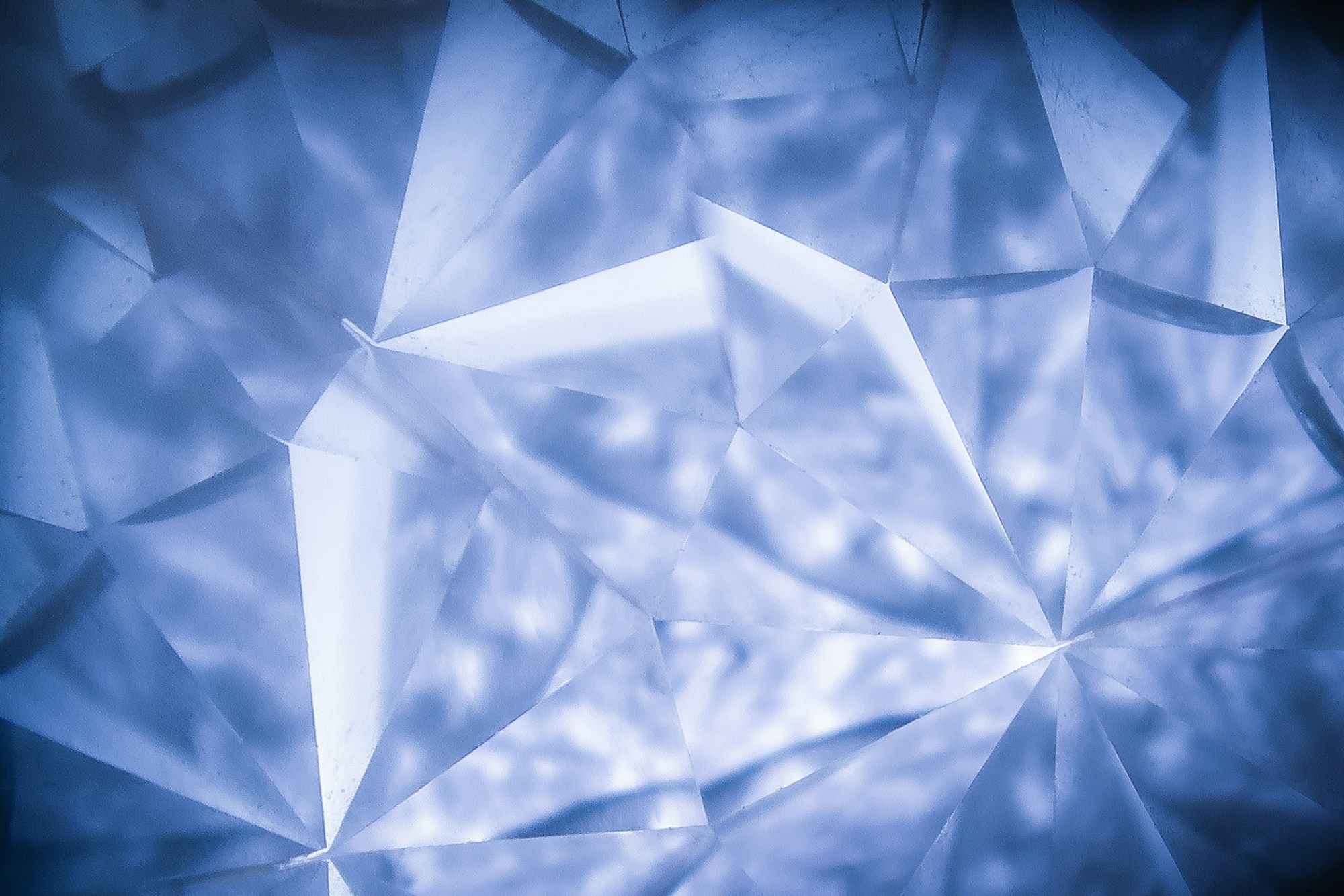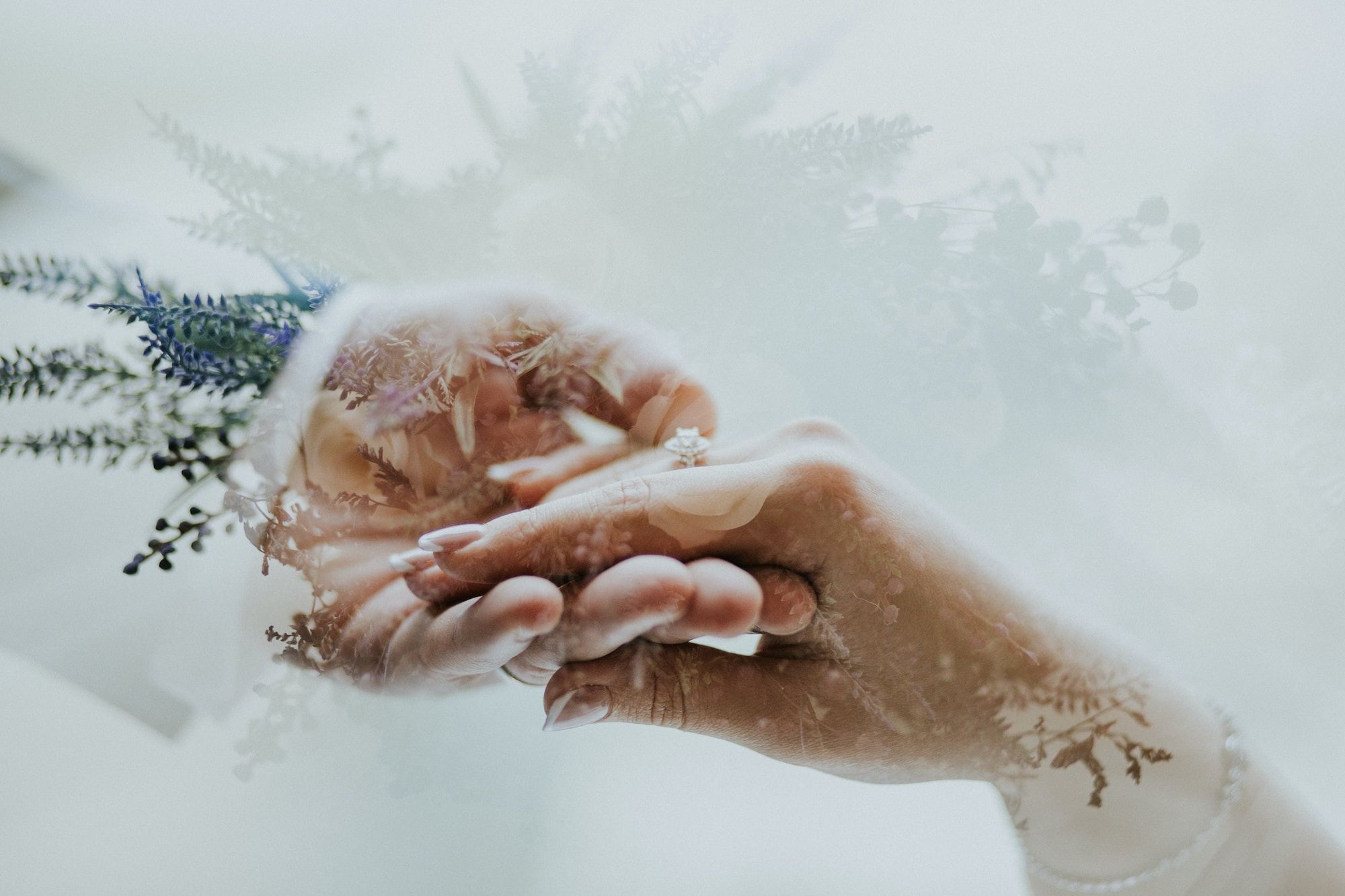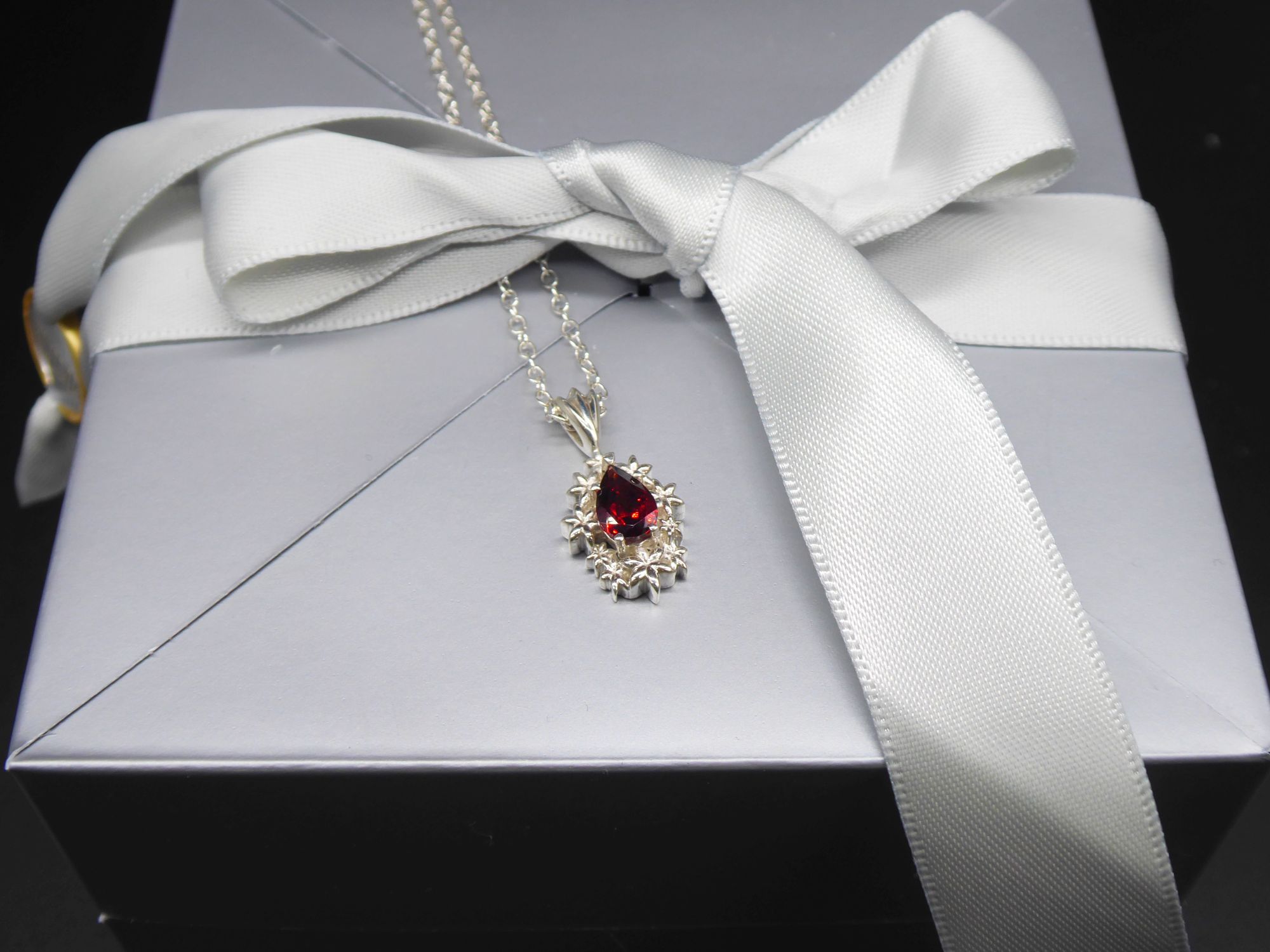Keep Your Jewellery Cool this Summer...As the warm, sunny days of summer approach, many of us find ourselves enamoured with our beautiful jewellery, reluctant to take it off even for a moment. However, it is essential to be cautious! While summer is a wonderful time for soaking up vitamin D and...
Deciding between gold and platinum for your precious jewellery – be it a stunning engagement ring or a meaningful gift – can be a daunting task. This luxury consumer's guide from Nude Jewellery is designed to simplify your choice, highlighting the key characteristics of these two noble...
Trend Alert: Boho Style Engagement RingsAre you dreaming of an engagement ring that truly stands out? Something as unique and free-spirited as your love story? Then it's time to explore the captivating world of boho engagement rings! Moving away from traditional designs, these pieces are all about...
The 4c's are a universal grading system for diamonds that is in place to keep consistency within the diamond industry. Developed by the Gemmological Institute of America (GIA), diamonds purchased within jewellers often come with a GIA certificate describing the diamond in terms of the 4c's.Colour...
Created by German mineralogist Friedrich Mohs in 1812, the Mohs scale of hardness serves as a vital tool for mineral identification. Comprising 10 distinct minerals ranging from the softest (talc) to the hardest (diamond), this scale proves particularly valuable in jewellery making by helping...
Nude Jewellery is a forward thinking independent jeweller that specialises in creating unique and unusual exclusive engagement ring designs, all handmade to order. Owner & award-winning designer Nikki Galloway spends her days liaising with clients to discuss which styles they are looking for and...
Have you ever wondered why that stunning piece of silver jewellery you adore carries a mysterious "925" stamp? Let's embark on a fascinating journey into the world of sterling silver, a precious metal that has captivated hearts for centuries.A Legacy Forged in TimeSterling silver's story begins in...
Amethyst stands proudly among the world's most precious gems, sharing its noble heritage with diamonds, emeralds, rubies and sapphires in the Cardinal Gems collection. This majestic purple crystal adorned royal crowns and ceremonial pieces until the 19th century, before South American mines revealed...
Ancient RomeThe engagement ring can reliably be traced back to ancient Rome; however, some historians suggest that early man tied plaited circlets around the bride's wrists and ankles as a means to keep her spirit from running away, a fascinating notion that highlights the importance of binding a...
A large sparkling diamond never fails to capture the attention and love of most women. Whether it's one diamond perched on a band of white gold or a collection of diamonds dancing out from a yellow gold setting, they have never lost their appeal......they do say after all that “diamonds are...
Hey there! It's been a while since I've shared my thoughts here, so I thought I'd take a moment to introduce myself. I'm Nikki Galloway, the proud owner of Nude Jewellery. My journey in the jewellery world began way back in 1998 (feels like ages ago!). I started out as Nikki Galloway, selling my...
The Precious Metal Dilemma: Gold, Silver, or Platinum? Have you ever found yourself mesmerised by the gleam of a golden necklace or the lustrous shine of a platinum ring? The world of precious metals is as captivating as it is complex. Whether you're in the market for jewellery, considering an...
When most people think of sapphires they think of blue, but in fact sapphires are available in a rainbow of colours. Pretty much everything except for a pinkish, purpleish, red. If it's this colour then it's a ruby! Sapphire is a precious gemstone that is a variety of the...
July Birthstone: Discover the Elegance and Significance of Ruby: A Symbol of Love and Power As we step into the month of July, we are greeted by the vibrant and enchanting beauty of the Ruby. This deep red gemstone has been treasured for centuries, not only for its mesmerizing allure but also for...
Hi and welcome to Nude Jewellery, my name is Nikki Galloway and I have been designing and creating unique engagement rings for over 20 years. I love to create designs that are a little bit different, designs that represent you.If you are unsure of the exact design you would like we can talk you...
As a jewellery enthusiast, I cannot help but admire the elegance and beauty of the Toi Et Moi style engagement ring. This unique design, which originated in France, is a testament to the beauty of partnership, symbolising the union of two souls becoming one with each soul represented by a diamond or...
As a society, we have long associated engagement rings with traditional clear diamonds. For many, the diamond engagement ring has become synonymous with love and commitment. However, times are changing, and more and more couples are looking for alternatives to the traditional diamond engagement...
Are lab-grown diamonds the new game-changers in the jewellery industry? Or do natural diamonds still reign supreme? With the rise of technology, lab-grown diamonds have become a popular alternative to natural diamonds, sparking a debate about which is the better choice. In this article, we will dive...
Have you ever wondered where the phrase "tying the knot" comes from? This popular expression referring to the act of getting married has an intriguing history that dates back centuries. The phrase "tying the knot" finds its roots in the ancient Celtic customs and rituals surrounding marriage. In...
Red garnets the birthstone of January have a long history, we know this because remnants of garnet jewellery have been found dating as far back as the Bronze Age. Ancient Egyptians used garnet as inlays in their jewellery referring to it as the symbol of life.. Red garnets are the most common but...

